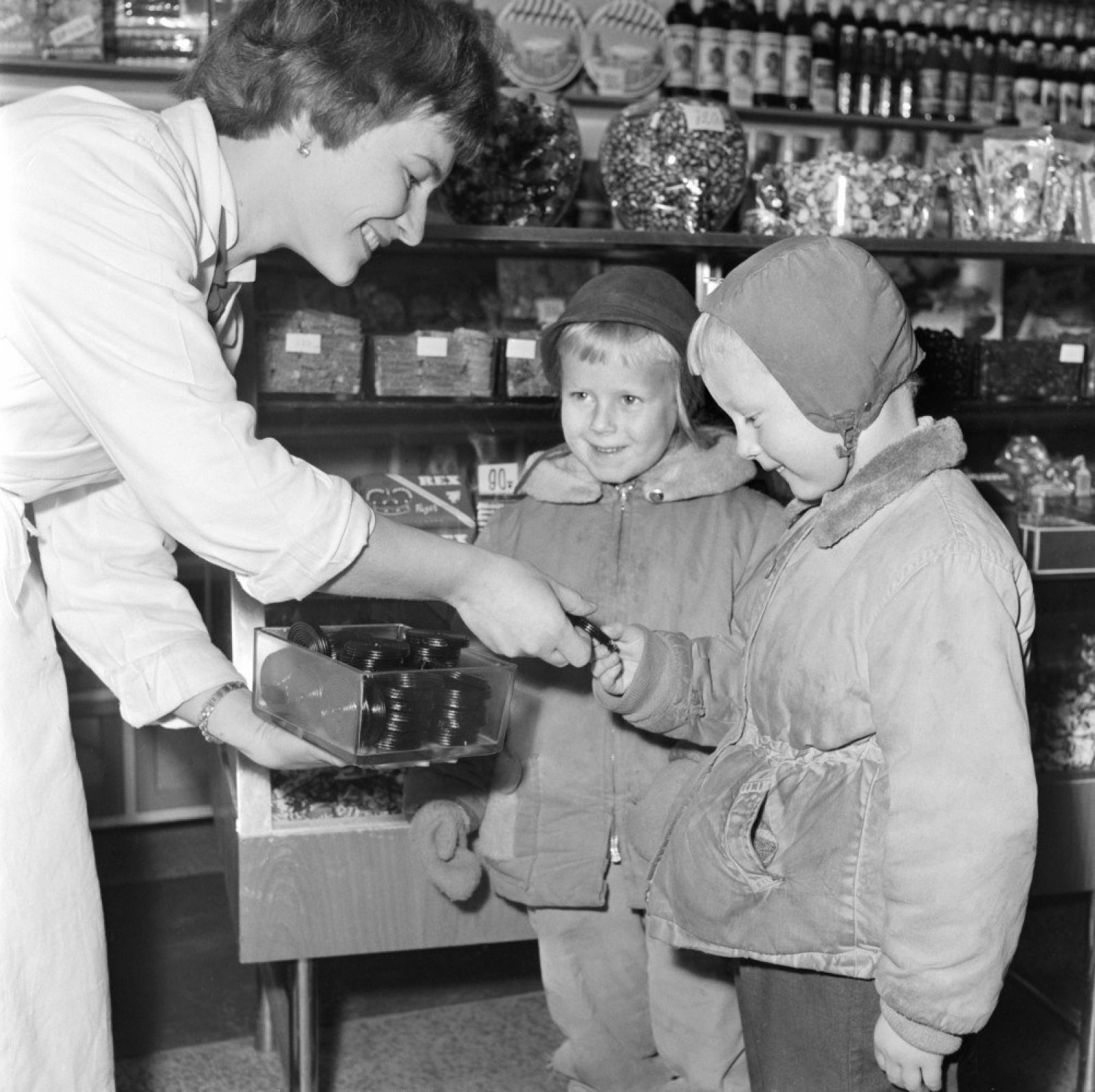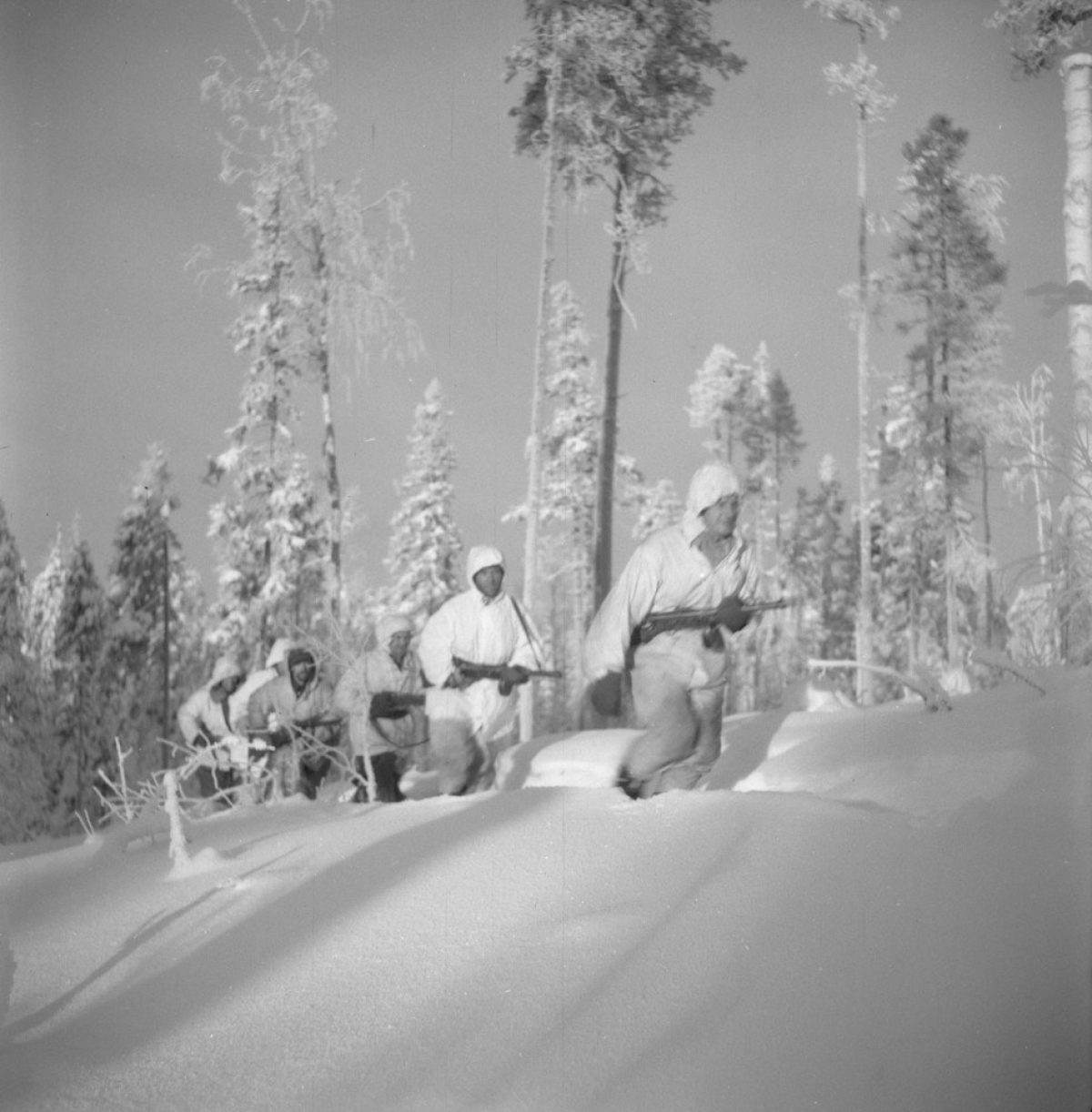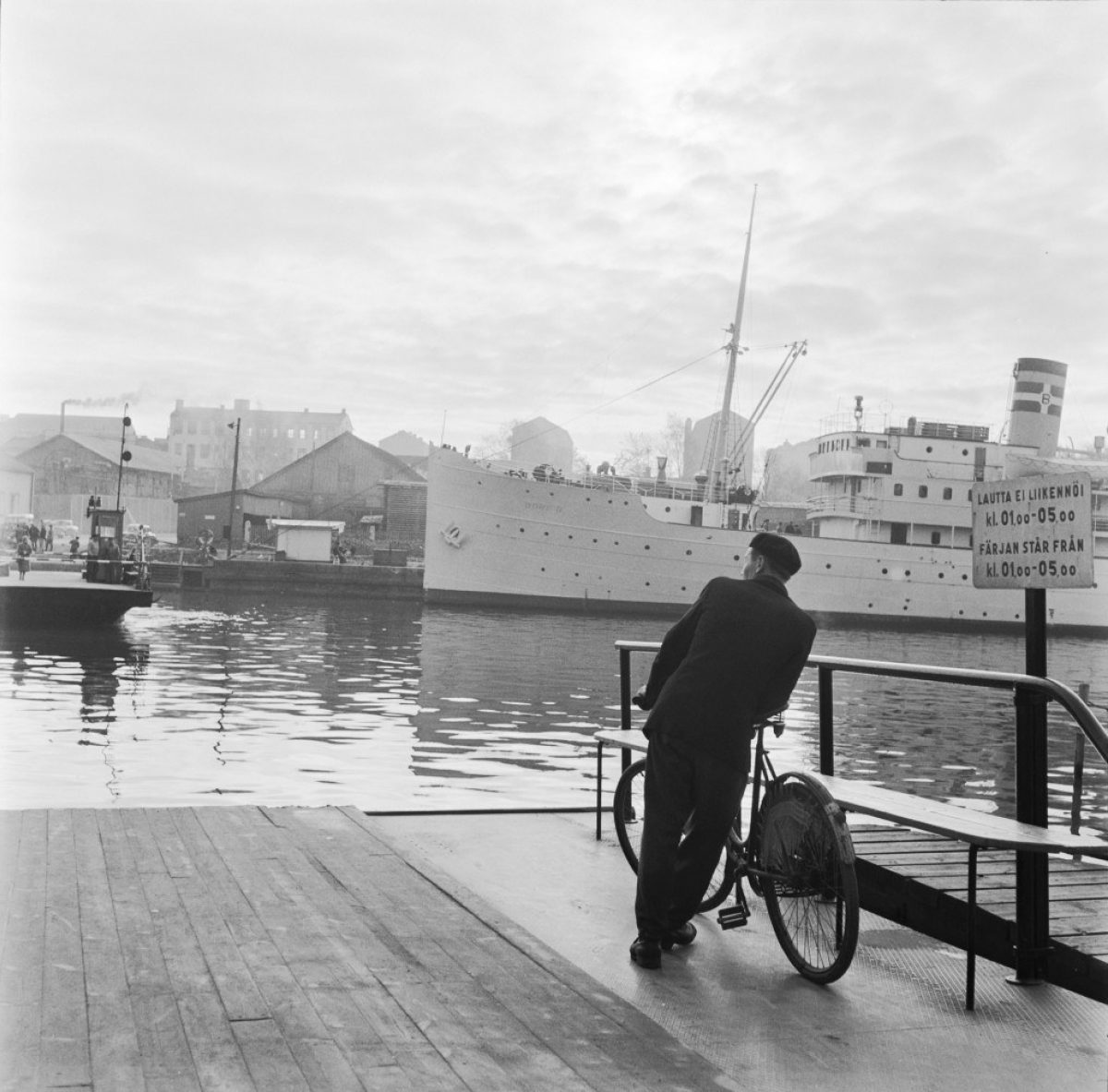
István Rácz (1908–1998) – a camera on the move
Hungarian-born photographer István Rácz led a colourful life, capturing everything from everyday moments to high art, in Finland and across Europe.
“It never occurred to me that I could be a professional photographer. But I had to make a living, so I turned to photography to put food on the table. Over time, I found myself becoming more and more fond of my profession, and to this day I thank fate for putting me on this path,” István Rácz writes in his memoir.
Rácz was born in the then-Hungarian city of Tőketerebes in 1908 and taught Italian at a secondary school in Budapest. Having taken part in communist political activities, he was arrested, but managed to escape to Czechoslovakia in 1933. While there, he contributed to a number of anti-Nazi newspapers and worked as a translator. The Munich Agreement was signed in autumn 1938, paving the way for the annexation of the Sudetenland by Germany. Rácz was forced into exile, fleeing to Finland. He began working as a photographer, as you didn’t need to speak Finnish to do it. Back in Czechoslovakia, his friend had taught him the rudiments of photography over just two evenings. In his passport, he described himself as “reportage photographer”. He had never even held a camera previously.
In the first few years of his career, Rácz turned his attention to landscapes and everyday events. Due to his lack of training, he was turned down for military service during the Winter War and chose to document the war through the lens of his camera instead. When the Continuation War was declared in 1941, he enlisted as a volunteer. In autumn 1945, Rácz returned to Hungary, where he had by then received an official pardon. He went on to set up a community college which he led for a number of years. What he wanted was to make a contribution to the creation of a democratic Hungary. Over time, the Hungarian community colleges were closed down, and Rácz went to work as a civil servant for a state-owned publishing house. For the next 12–13 years he would take no photographs.
In 1956, Rácz was again forced to leave Hungary due to the Soviet occupation of the country. The Hungarian climate had also taken its toll on his Finnish wife’s health. Rácz resumed his work as a reportage photographer but soon pivoted towards art historical photography. He went on to create an extensive oeuvre. During the so-called Note Crisis in Finnish-Soviet relations, he was advised, as a precaution, to leave the country. He settled in Switzerland for five years, authoring 21 books on art and culture during his time there. “After my first art book was published in Finland, I spent practically my entire life visiting museums across Europe,” Rácz himself explained.
István Rácz himself has compared the job of an art photographer to that of a concert violinist. Their role, he says, is to interpret, not to create. In his work, Rácz always sought to depict his subjects, be they objets, buildings or art, in a manner that would faithfully convey the ideas of the artist that created them. István Rácz’s photographs are available online through the Finnish Heritage Agency’s Picture Collections at www.finna.fi and www.museovirasto.finna.fi.
Text: Jaana Onatsu
Kamera 3/2023

Soldiers taking up positions in Karhumäki, Eastern Karelia, 1942. Photo: István Rácz / Finnish Heritage Agency’s picture collections

The River Aura, Turku, 1958. Photo: István Rácz / Finnish Heritage Agency’s picture collections